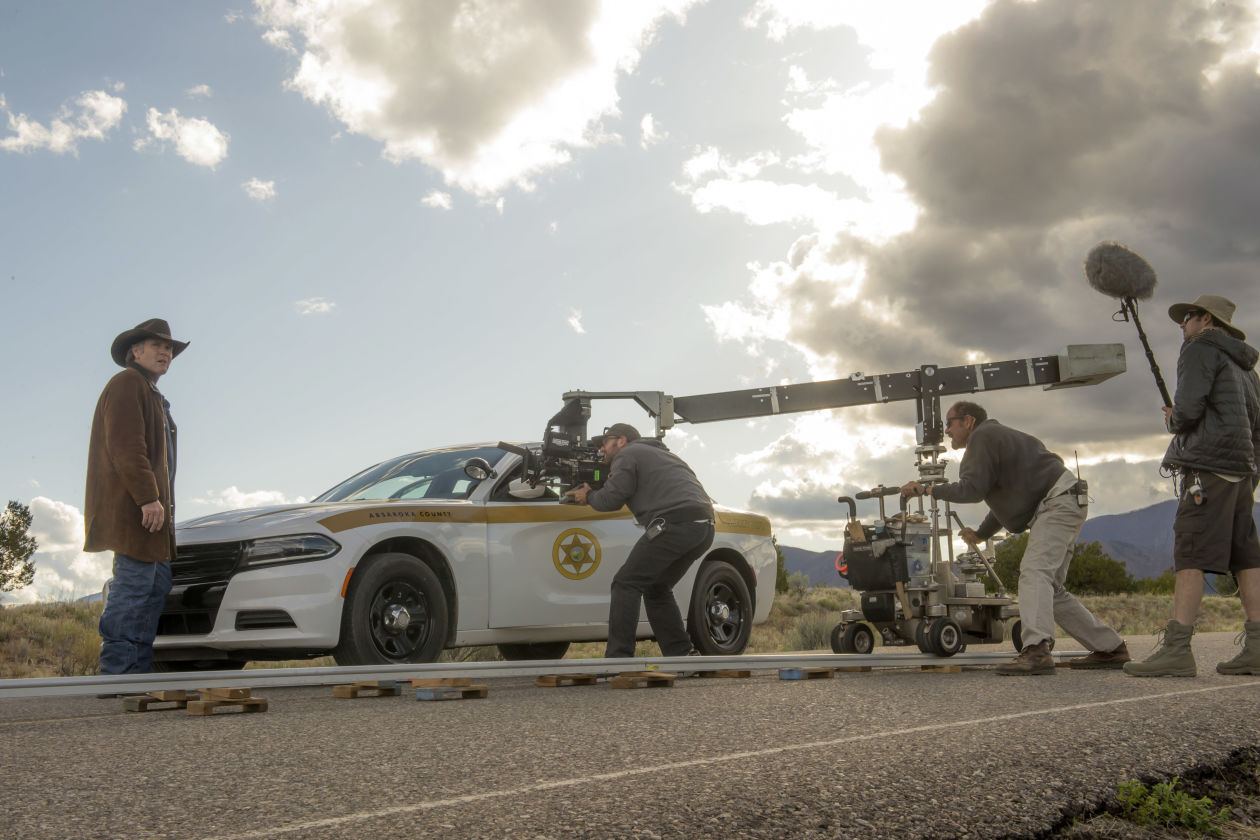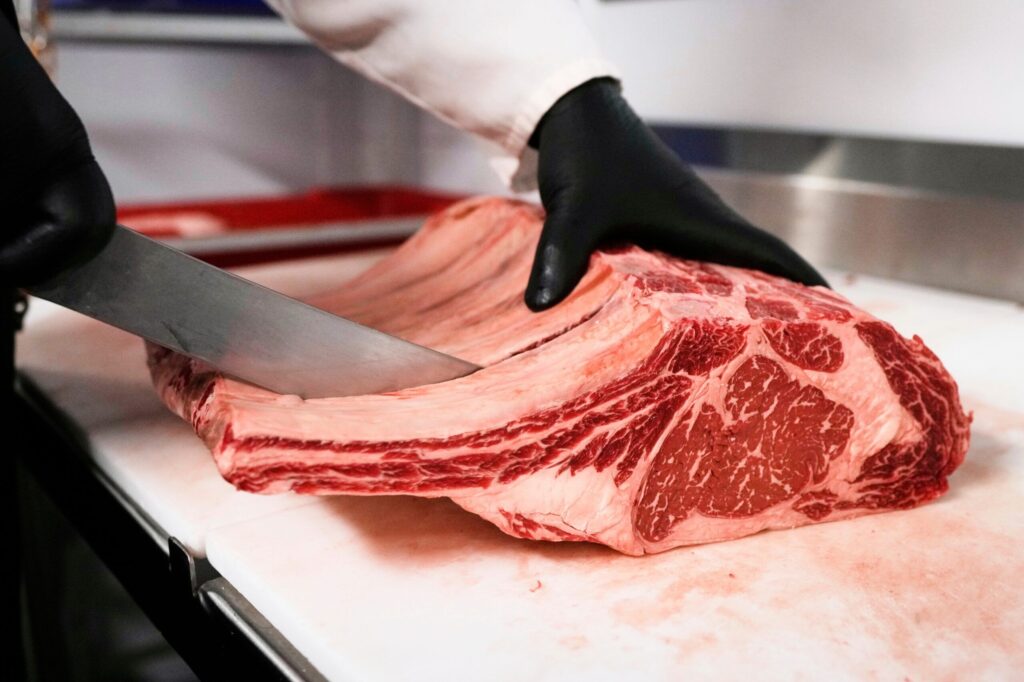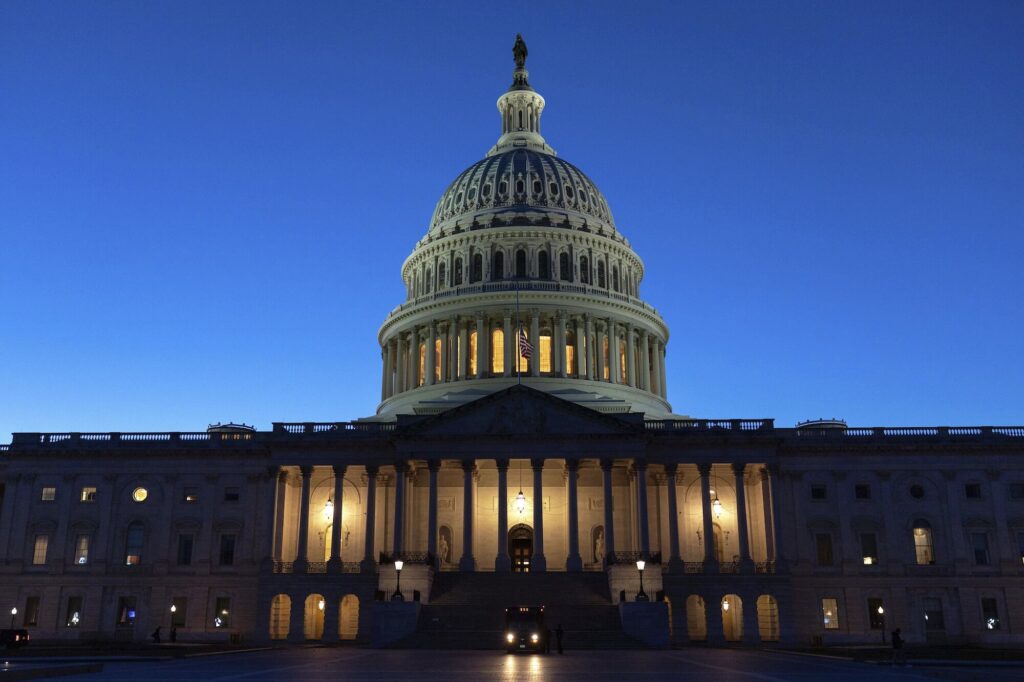New Mexico’s filmmaking-incentive program may be too attractive

SANTA FE, N. M. – For a poor state struggling to diversify its economy, a rush of Hollywood productions drawn to New Mexico’s rugged landscape and frontier vistas has been a boon. But state economists and lawmakers worry the tax-credit program attracting dozens of productions here – like the hit AMC show “Breaking Bad” – is unsustainable.
The program, created by New Mexico’s legislature in 2002, allows film and television companies to be reimbursed for 25 percent to 30 percent of taxable expenditures directly related to shooting in the state. It uses money from the state’s general fund that also finances public education.
The surge in production has spawned a rebate backlog that has left the state owing $180 million to the film and TV industry at the end of fiscal year 2018, said Jon Clark, chief economist for New Mexico’s Legislative Finance Committee.
The debt is projected to rise to $250 million by the end of the current fiscal year in June and could reach $700 million by the end of the fiscal year 2023 if production trends continue, he said.
A cap on the credits, passed by lawmakers in 2011 and supported by outgoing Gov. Susana Martinez, a Republican, limits the state to doling out $50 million a year in rebates. However, it doesn’t limit the amount of funds filmmakers are eligible to receive.
Thanks to the recent production boom, that has meant the state owes far more in any given year than it can pay, causing debt to accumulate.
According to Clark, a film company claiming a credit in 2023 would have to wait up to 14 years to get reimbursed under the projected backlog.
“At some point, we’re going to reach a breaking point where the film industry would decide it no longer makes sense to do as much business in New Mexico,” said Clark, who reported his findings to lawmakers in December.
Concerns over the tax credits come as New Mexico and other states and countries — including Colorado — jockey for a position as alternatives to filming in California, which is an entertainment-industry hub but doesn’t offer such generous rebates.
Colorado offers qualifying film productions rebates of up to 20 percent on expenses, according to the Colorado Office of Film, Television & Media. Out-of-state production companies generally must spend at least $1 million locally and hire 50 percent local cast and crew.
Quentin Tarantino’s western “The Hateful Eight” was among recent productions shot in Colorado.
As production-credit programs have grown more common, critics across the country have characterized them as handouts to Hollywood millionaires when many states are grappling with funding shortfalls.
Anti-incentive campaigns have already scaled back film-tax programs in North Carolina, Michigan and Louisiana. Lawmakers in Georgia, by contrast, have embraced them to attract crew workers and keep hotels and restaurants full.
Producers and studio executives follow political resistance to rebates closely since strong political pushback can send them scurrying, fearful that the program will be eliminated in the middle of their shoot.
New Mexico’s rebate program is among the nation’s most generous. In the fiscal year 2017, film and TV shooting contributed more than half a billion dollars to the state’s economy via 61 productions with over $1 million budgets, the highest numbers in the program’s history, according to the New Mexico Film Office.
Fiscal year 2018 numbers fell sharply – $234.2 million and 38 productions with budgets over $1 million. But Nick Maniatis, the Film Office’s outgoing director, said projections show that numbers will bounce back up in 2019.
Lawmakers here agree the credit program needs revamping but differ on how.
Democratic Governor-elect Michelle Lujan Grisham wants to raise or eliminate the $50 million cap because, she said, it too rigidly limits what the state can repay each year, even as old debts mount.
Lujan Grisham also would like to double the number of productions in the state, which create good jobs and opportunity for New Mexicans, said spokesman Tripp Stelnicki.
State Sen. John Arthur Smith, also a Democrat who heads the state senate’s finance committee, worried the credit program sapped funds otherwise going to New Mexico’s public education, which has historically lagged behind other states. He said eliminating the cap would be tantamount to a “runaway truck on a sharp incline.”
State Rep. Brian Egolf, a Democrat and speaker of the house, said he favored looking at different options for adjusting the current cap but wanted to ensure that production wasn’t slowed. “We’re right on the cusp of becoming a major location for the industry,” he said.
The debate in New Mexico is a byproduct of TV and film productions shifting away from California.
Of the 100 top-grossing movies released in 2017, only 10 were produced in California, according to Film L.A., which tracks production locations. Twenty filmed in Canada. Fifteen apiece went to the U.K. and Georgia, where so many productions have moved that locals call their state “Y’allywood.”
New Mexico has drawn films like Clint Eastwood’s “The Mule,” the Coen Brothers’ remake of “True Grit” and the Western hit “Hell or High Water,” but it has had even better luck attracting television shows like “Breaking Bad” and “Longmire.”
Netflix Inc. announced in October it would open a new production studio in Albuquerque, with commitments to spend $1 billion in its first decade in the state. New Mexico and the city gave Netflix $14.5 million in incentives toward the project, under a separate credit program. Netflix declined to comment on its studio plans.
As New Mexico lawmakers prepare to prioritize the issue in the coming legislative session, the filming rolls on.
Brian Espinosa, chief executive of Optimism Entertainment, which is filming a family drama called “Walking With Herb,” starring George Lopez, in New Mexico, said he is unfazed by the controversy and has only seen production ramp up here.
“There’s a lot more demand for crews than there used to be,” he said.
Colorado Politics contributed.














